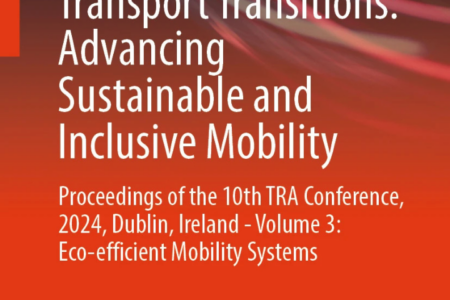This paper investigates the factors influencing innovation adoption in ports by conducting a systematic literature review and proposes a comprehensive framework for understanding the process of innovation adoption. The maritime sector is a typical example of a business-to-business market, whereas the information technology industry is an example of a business-to-consumer market. We show that factors for innovation adoption applicable to a business-to-consumer market are also relevant to a business-to-business market. The factors that were found relate to the adopting port’s characteristics and include know-how, organization support, organizational structure, financial capacity, a port’s network embeddedness, and risk-taking. Furthermore, they concern the characteristics of the innovation such as the costs, relative advantage, complexity, compatibility, trialability, and observability. Finally, stakeholder pressures were identified relating to the customer, competitive port, regulatory bodies, and society.
Authors : Krishna Sooprayen, Geerten Van de Kaa & Jeroen F. J. Pruyn
More information: Factors for innovation adoption by ports: a systematic literature review | Journal of Ocean Engineering and Marine Energy (springer.com)


